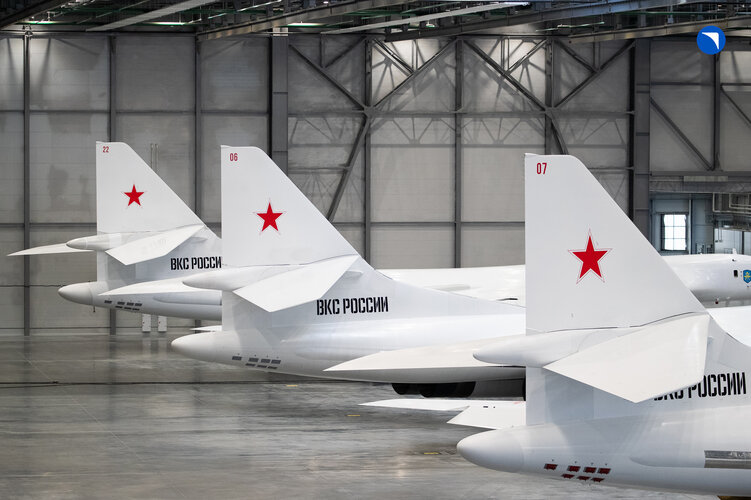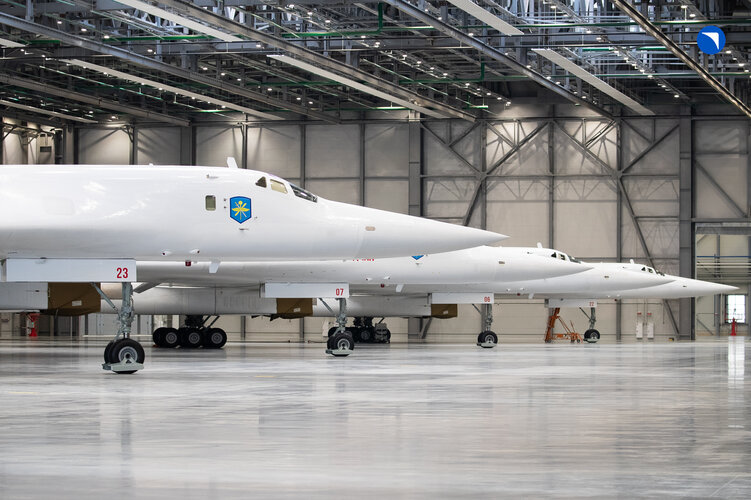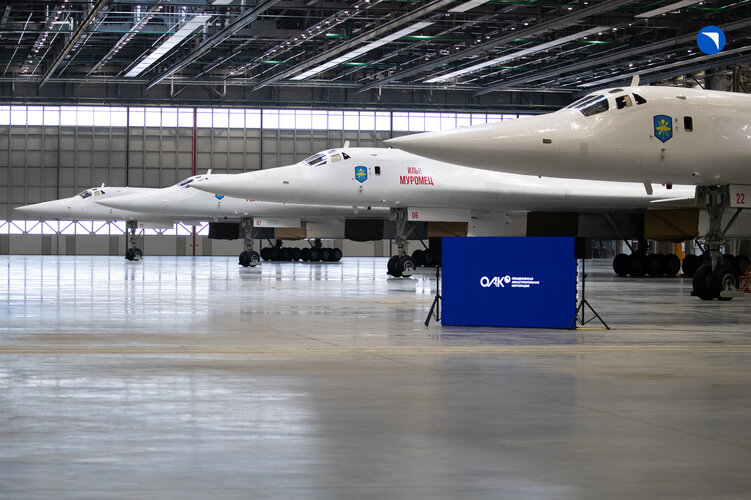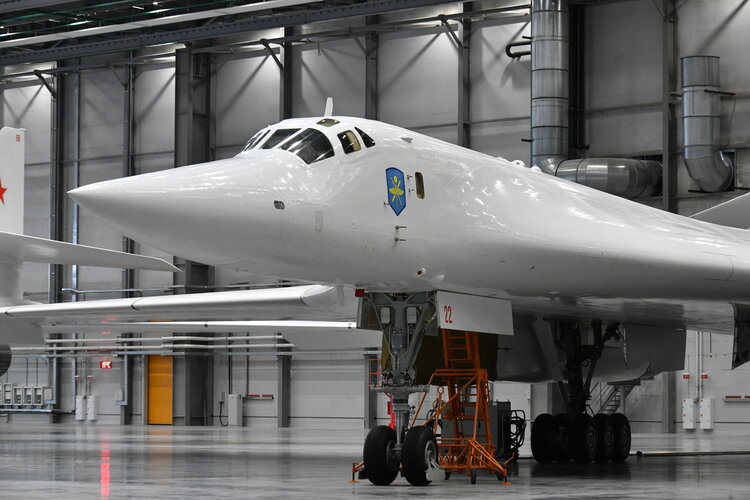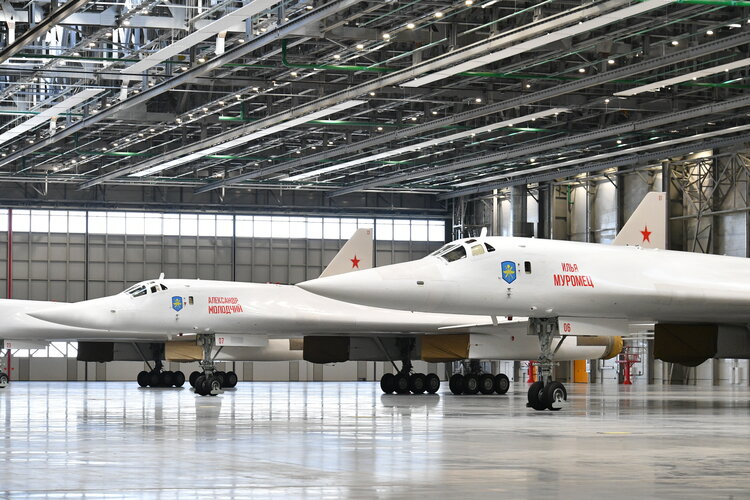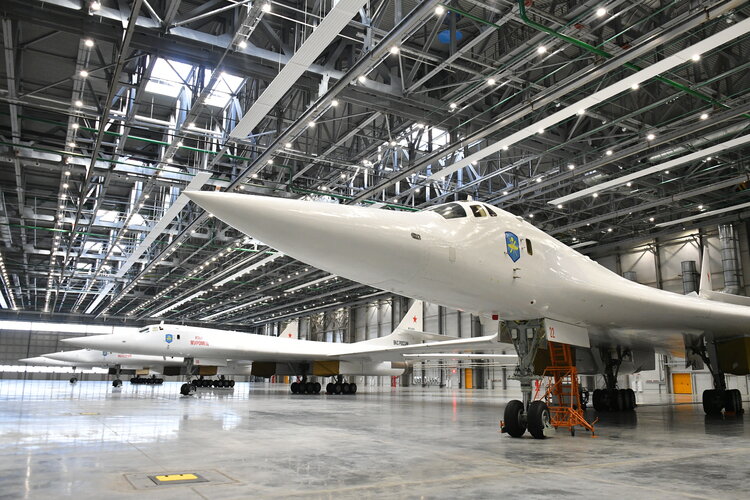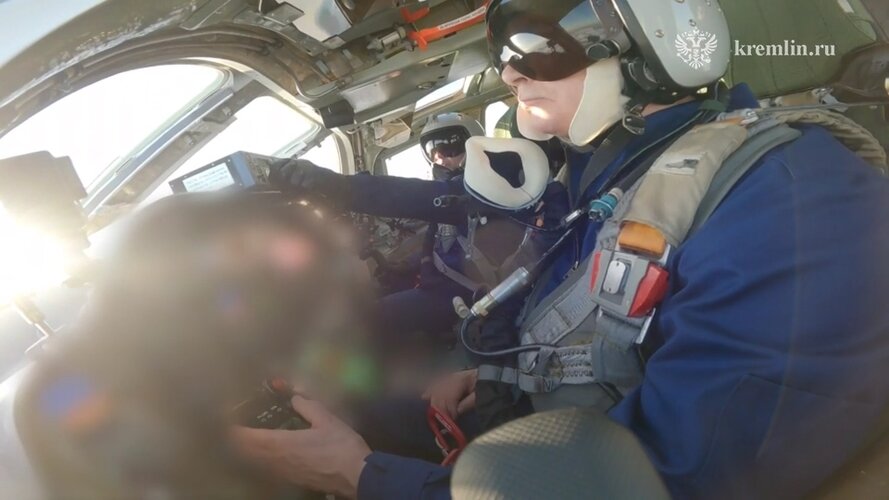QuadroFX
Russia, Chelyabinsk
4 Tu-160M(2 newly builded and 2 modernized) at Kazan plant:

 riamediabank.ru
riamediabank.ru

Президент РФ В. Путин посетил Казанский авиационный завод имени С. П. Горбунова
Фотографии из репортажа РИА Новости 21.02.2024: Президент РФ В. Путин посетил Казанский авиационный завод имени С. П. Горбунова | Больше фото в банке визуального контента медиагруппы «Россия сегодня»
Attachments
-
 ria-8625252-preview.jpg209.8 KB · Views: 91
ria-8625252-preview.jpg209.8 KB · Views: 91 -
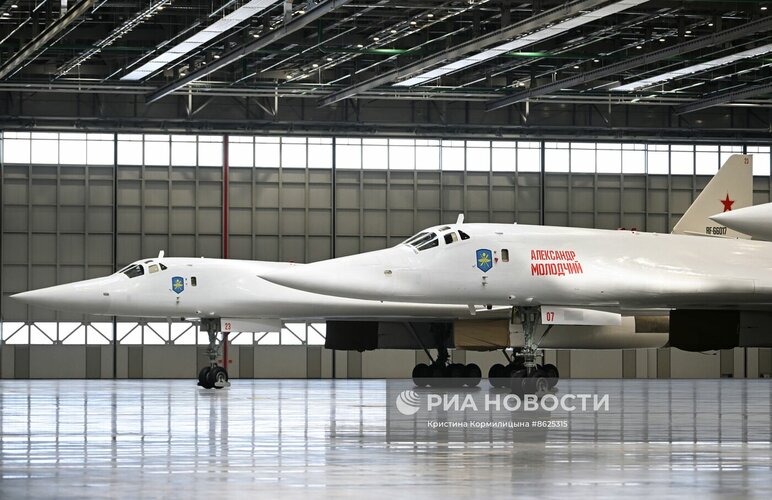 ria-8625315-preview.jpg201 KB · Views: 79
ria-8625315-preview.jpg201 KB · Views: 79 -
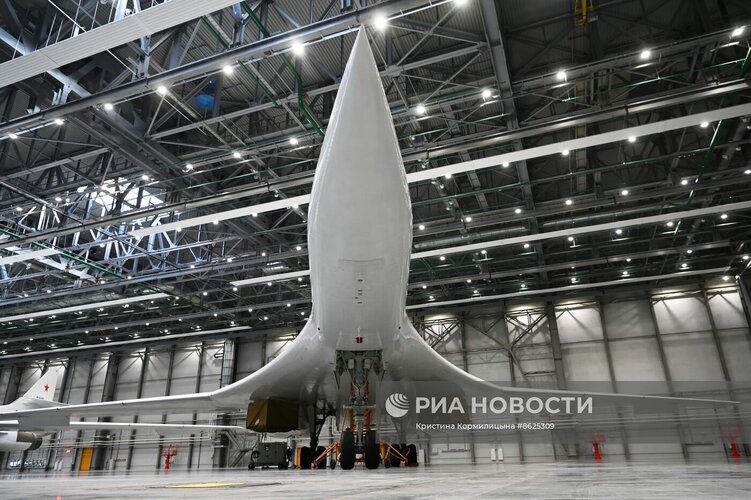 ria-8625309-preview.jpg254 KB · Views: 70
ria-8625309-preview.jpg254 KB · Views: 70 -
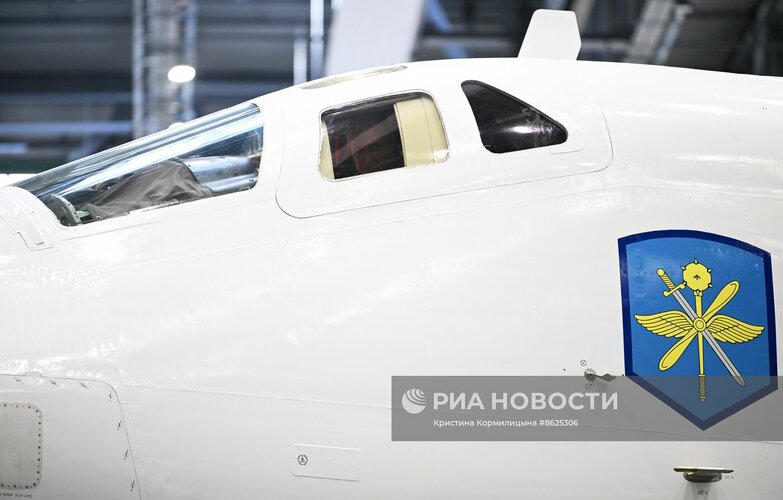 ria-8625306-preview.jpg105 KB · Views: 69
ria-8625306-preview.jpg105 KB · Views: 69 -
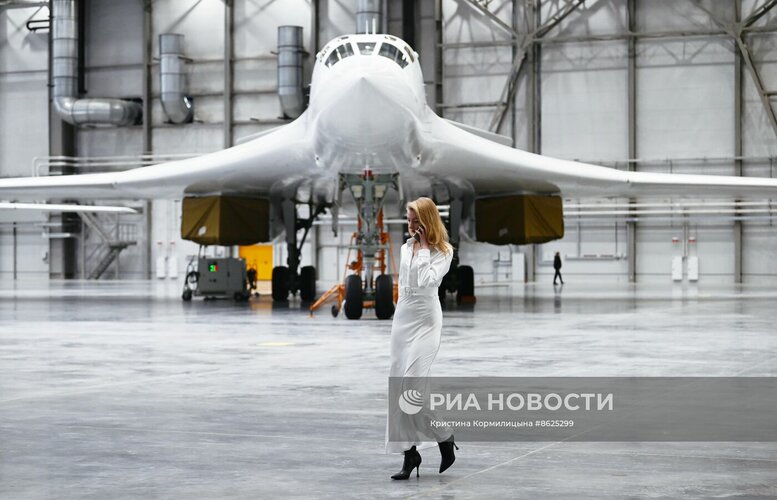 ria-8625299-preview.jpg154.9 KB · Views: 74
ria-8625299-preview.jpg154.9 KB · Views: 74 -
 ria-8625296-preview.jpg266.1 KB · Views: 77
ria-8625296-preview.jpg266.1 KB · Views: 77 -
 ria-8625294-preview.jpg205.2 KB · Views: 67
ria-8625294-preview.jpg205.2 KB · Views: 67 -
 ria-8625291-preview.jpg177.4 KB · Views: 61
ria-8625291-preview.jpg177.4 KB · Views: 61 -
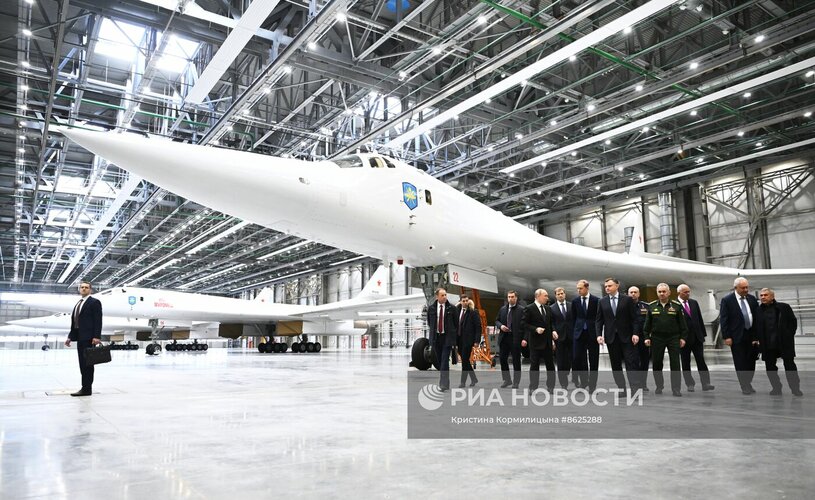 ria-8625288-preview.jpg266.3 KB · Views: 64
ria-8625288-preview.jpg266.3 KB · Views: 64 -
 ria-8625285-preview.jpg100.2 KB · Views: 62
ria-8625285-preview.jpg100.2 KB · Views: 62 -
 ria-8625283-preview.jpg274.5 KB · Views: 61
ria-8625283-preview.jpg274.5 KB · Views: 61 -
 ria-8625279-preview.jpg180.2 KB · Views: 78
ria-8625279-preview.jpg180.2 KB · Views: 78



